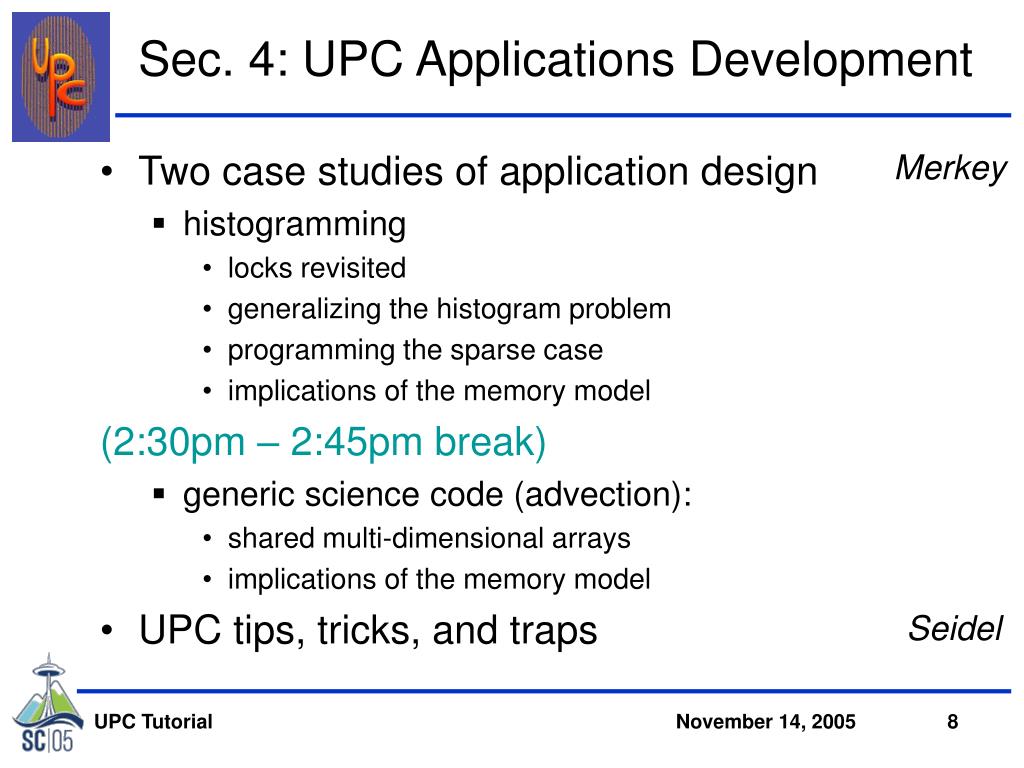

#BERKELEY UPC MEMORY MODEL INSTALL#
You can download and install a UPC compiler on pretty much any parallel UPC (universal parallel C) is a language that combines much of theĮase of use of the shared-memory programming model with the ability toĬontrol data locality for performance on a distributed-memory machine. With lots of details of how message-passing works, and tuning for performance. On MPI from Livermore Labs, with lots of examples. The communication that happens in your program. Machine you can name, and it gives you very detailed control over all The great advantages of MPI are that it runs on practically any parallel (such as broadcast and global sum) and one-sided communication. To the first commercial parallel machines in the 1980s) that has beenĪugmented with some newer constructs like collectives

Implementation of the message-passing programming model (which dates back MPI is the lowest common denominator of parallel programming, a standard CS240A Resource Page CS240A Resource Page The 2010 TA's Page Machine documentation


 0 kommentar(er)
0 kommentar(er)
